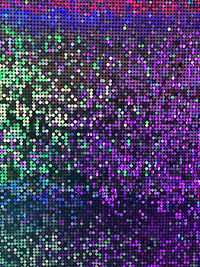'Green' trade marks on the rise
- Rosie Burbidge

- Nov 5, 2021
- 2 min read
Updated: Aug 1, 2025

We’ve all become more conscious of climate change and other environmental issues over the past 25 years – and that can be seen in the increase of “green” EU trade mark applications filed in that period.
Research findings
A recent study by EUIPO (Green EU trade marks: Analysis of goods and services specifications, 1996-2020) found that terms related to the protection of the environment and sustainability (such as photovoltaic, solar heating, wind energy and recycling) increased both in real terms and as a share of all EUTM filings during the period in question.
These green trade mark applications grew almost every year during the period. In 2020, nearly 16,000 green EUTM applications were filed.
The research was based on the goods and services descriptions in the 2 million EUTM applications filed since the EUTM was launched in 1996. About 900 terms were identified as “green” and any EUTM application that included at least one of these was categorised as green. An algorithm was developed to help determine if a trade mark was green: it recognised 120,000 different green terms (including synonyms) in the EUIPO registry.
The importance of China
The study also identified the increasing importance of green EUTM filings from outside the EU. In the period 2015-2020, China led the way with 16,356 green EUTM applications (22.6% of the country’s total). China was followed by Germany (12,003 applications, 11.6%) and the UK (4,801 applications, 8.7%).
The largest product group for green EUTM applications is “energy conservation” followed by “pollution control” and “energy production”. For large companies, nearly 13% of EUTM filings are green, while the figure for micro companies is 9%.
Further research
The research provides a very clear indication of the greater prominence of green-related products throughout the economy, something that is likely to increase. EUIPO is to be congratulated on a very thorough report, which is worth reading in full.
It might also be interesting in future to examine the use of green-related terms in trade marks themselves (as opposed to the goods and services descriptions). Many brands use terms such as green, eco, clean or other more imaginative words, as well as relevant colours and shapes, to convey environmental credentials – and our hunch is that these are also increasing.
Of course, trade mark applications incorporating such elements have to satisfy the usual distinctiveness requirements and cannot be descriptive. It would also be fascinating to review the lessons from cases where such applications have been accepted or refused.
To find out more about the issues raised in this blog contact Rosie Burbidge, Intellectual Property Partner at Howard Kennedy LLP in London




